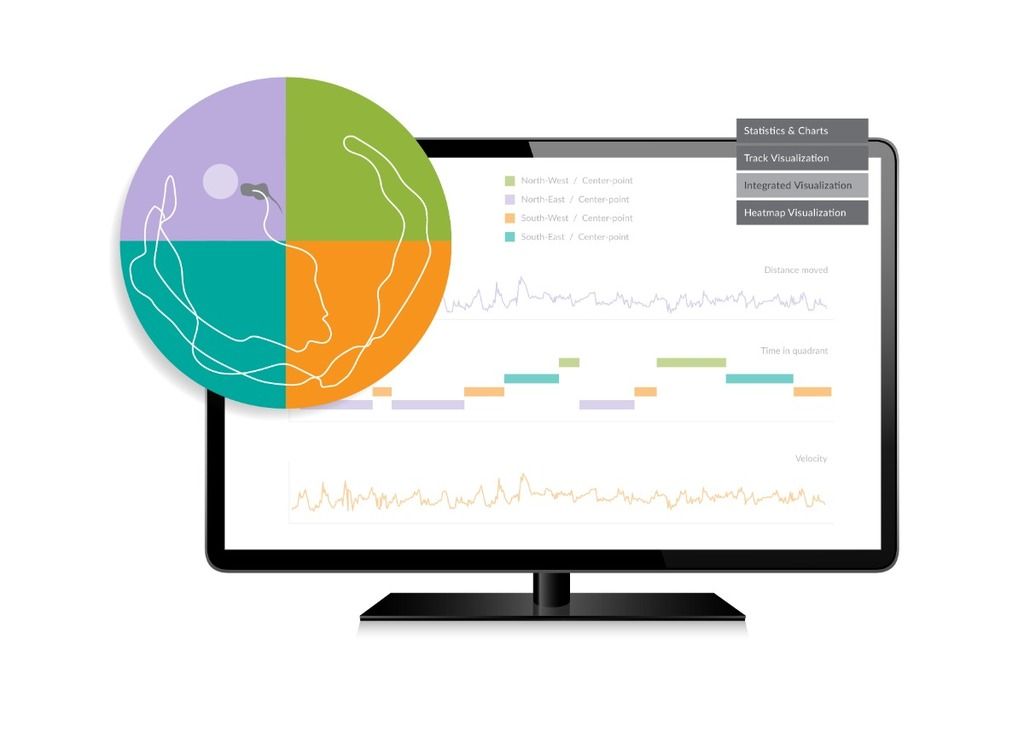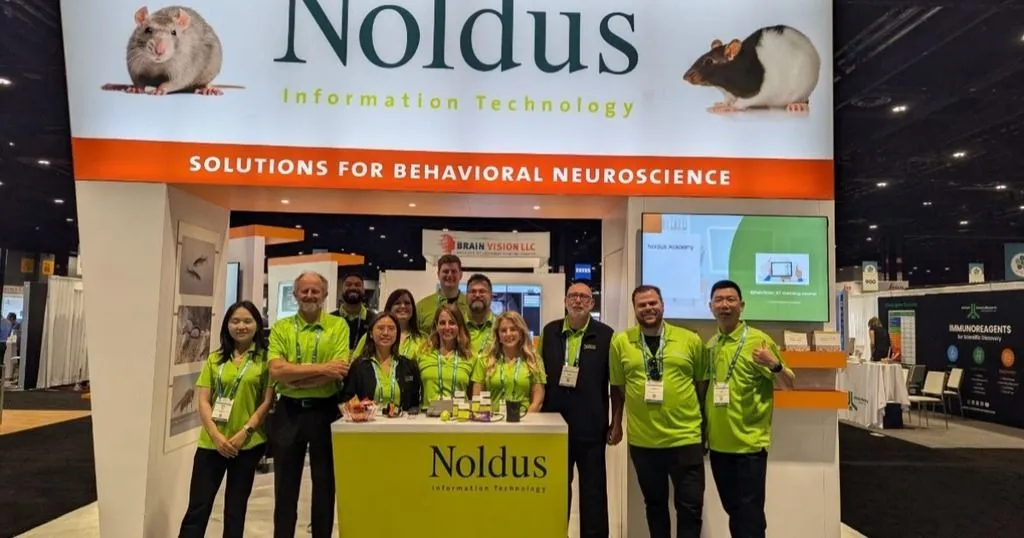Noldus top tips! Our latest must-read animal blogs
Dive into our latest collection of top behavioral research blogs! Discover fascinating studies and learn how Noldus tools can advance your research.
Posted by
Published on
Thu 27 Apr. 2023
Topics
| CatWalk XT | DanioVision | EthoVision XT | Measuring Behavior |

We regularly post about interesting studies, and how other researchers use Noldus tools to measure behavior in animal models. And although some setups are pretty straightforward, there are a lot of setups which definitely are not. At Noldus we aim to offer this flexibility through our product line, but also the expertise of our (scientific) staff to give you the best possible foundation for your research set-up and analysis.
Our latest must-read animal blog posts
So here you go! A carefully curated summary of some of our most popular blogs of the last few months you might have missed. Learn about how to set up your behavioral suite, to studying complex behavior in rats, and more. Take your pick!
5 steps to set up the perfect behavioral suite
Unlock the key to setting up an ideal behavioral suite! We describe 5 crucial steps, such as camera selection for EthoVision XT compatibility, choosing a powerful workstation, integrating external equipment like optogenetics, selecting the right maze, and leveraging Noldus' on-site installation and training services. Improve the quality of your data and advance your research with these expert insights.
When setting up your lab it is important to make well-informed decisions, considering various components that you might not have previously considered. By following the expert advice shared in this blog, researchers can ensure a smooth set-up process and optimize the quality of their behavioral data.
Read the full blog here!

What you need to know about the CatWalk gait analysis method
Discover the history and technology of CatWalk XT! CatWalk XT is an automated gait analysis system for rodents, initially created for research on rat models for spinal cord injury. The system has since expanded to other species, such as mice and marmosets.
Learn how the CatWalk XT system has evolved since its inception in 2001 by Dr. Frank Hamers to its present state, featuring green LED Illuminated Footprints technology and a high-speed digital camera. Understand how the accompanying software analyzes over 50 spatial and temporal parameters, providing crucial insights for researchers studying various disease models.
Essential features of the CatWalk XT such as the goal box encourage straight, even runs, which together with the adjustable side walls can accommodate different animal sizes. But the software also provides powerful data visualization capabilities, which allows for an intuitive understanding and presentation of research findings.
With over 2,400 publications featuring CatWalk XT, the system has become a popular choice among researchers seeking an efficient and effective solution for gait analysis in rodents.
Read the blog here!
Does well plate size matter? A methodological study in zebrafish
Does the size of the well plate you in zebrafish research impact your results? This insightful blog post explores the use of the DanioVision observation chamber to study zebrafish embryos and larvae and highlights a study by Wolter and Svoboda that investigates how circadian rhythms, based on locomotion, change depending on the well plate size used in your study.
The authors raise concerns about the potential bias introduced by using different well plate sizes, as zebrafish larvae exhibit higher amounts of locomotion in larger areas.The study's findings suggest that long-term experiments in 48 and 96 well plates may impose stress on zebrafish larvae due to space constraints, which could impact nervous system function and/or behavior.
Moreover, the researchers concluded that the typical high-throughput method in 96 well plates may increase individual variability of circadian rhythms. Based on these results, the authors recommend using 24 well plates for long-term zebrafish behavioral experiments to increase standardization, despite shifting from a high-throughput to medium-throughput set-up.
Read the full blog post here to learn more about the importance of well plate size in zebrafish research.

Measuring behavior of coral larvae in response to antifouling coatings
Measuring coral larvae behavior? Yes! One of the many other-than-standard animal models possible with the flexibility EthoVision XT offers. This blog post describes the studies done by Lisa Röpke from the Leibniz Centre for Tropical Marine Research.
She highlights the importance of studying coral larvae's behavioral responses to potentially non-toxic alternatives of antifoulings, which are specialized coatings applied to ships' hulls that can contain toxic compounds that negatively impact marine life, including coral reefs.
Röpke's study focuses on the behavior of Acropora millepora coral larvae, using Noldus' EthoVision XT to track and analyze their swimming velocity and activity during exposure to three different antifouling coatings. The results show significant decreases in mobility, emphasizing the importance of measuring behavior in ecotoxicological research.
The study also provides a valuable resource for using EthoVision XT with coral larvae, promoting the standardization of research protocols in similar studies.
Read the full blog here!

Using video tracking to study operant behavior in rodents
Operant behavior is a form of learning and memory linked to reward and punishment. Typically, operant behavior is measured using an operant conditioning chamber (Skinner box), where rodents learn to perform tasks to receive positive or negative consequences.
Video tracking technology, such as EthoVision XT, plays an essential role in observing and analyzing rodent behavior during these tasks, allowing researchers to collect and analyze multiple variables simultaneously.
A recent study in obesity research exemplifies the power of video tracking in operant conditioning tasks. Using Noldus' PhenoTyper and EthoVision XT, the researchers examined diet-induced obese mice, assessing the effects of gut bacteria on the rodents' reward system.
The study showcases how video tracking technology has significantly improved our ability to follow and analyze behavior during training and testing sessions in operant conditioning tests, providing valuable insights into learning and memory in rodents.
Read the full blog here!

Your trusted partner in measuring behavior
The study of behavior is both complex and essential, as it uncovers the hidden intricacies in the way living beings interact with their environment and each other. By employing cutting-edge tools and methodologies, researchers can better understand these behaviors, paving the way for novel discoveries and potentially new applications in various fields.
At Noldus, we remain committed to supporting your journey in behavioral research by providing the tools and expertise needed to measure, analyze, and interpret these behaviors accurately. Stay tuned for more inspiring content and breakthroughs in the world of behavioral research. Happy measuring!
Related Posts

Which head and neck positions are stressful for your horse during lunging?

SfN 2024: Noldus reflects on key trends in Neuroscience


